It’s now out of the dark of the centuries and bookshelves. Available for scholars in the hall opening next to the plaster bust of monsignor Onofrio Buonocore, founder of the Biblioteca Antoniana, from whose windows one can admire Castello Aragonese and feel the saltiness from the nearby sea penetrating the walls. A paper strongly yellowed over time, with wide spots of humidity, indicating with its antiquity its true valor.
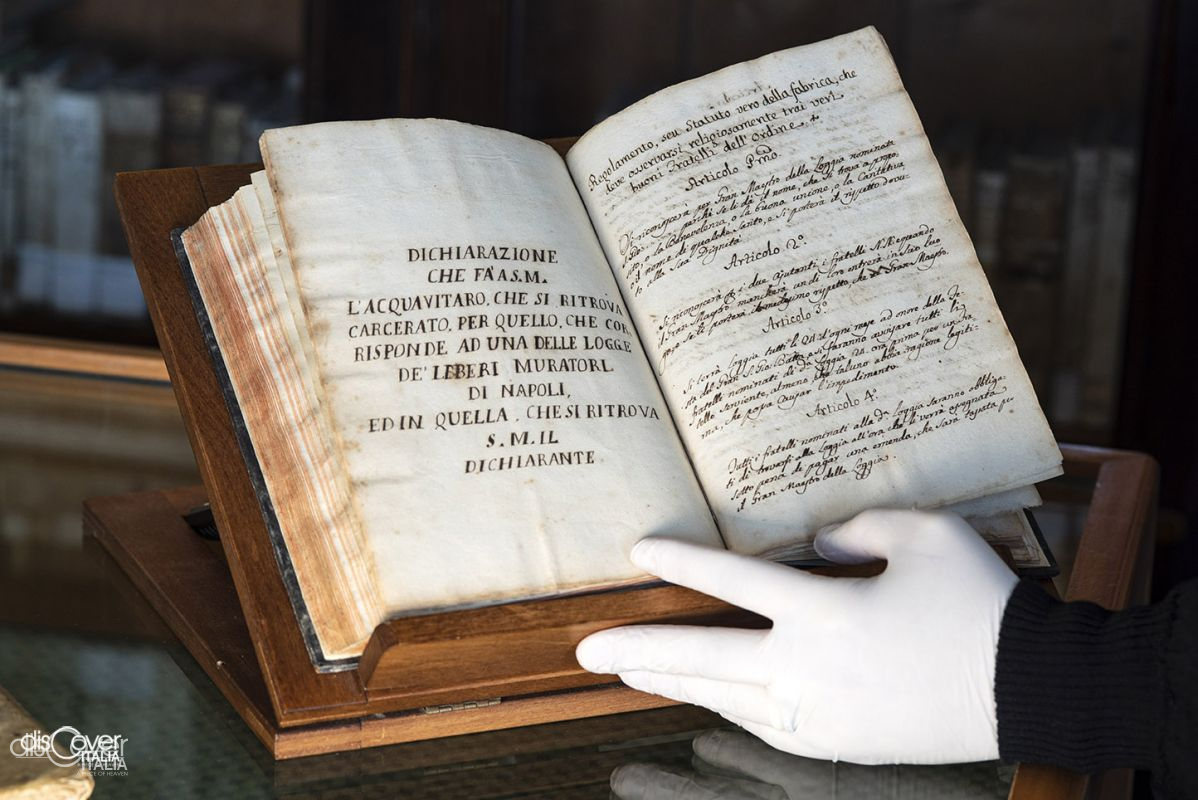
That is not even the main reason why this blue-cover book has gained so much visibility, so much to become protagonist in another book just published of Lucia Annicelli, directress of the Library: “Il codice massonico di Ischia”. Fruit of ten years of working on those yellowed pages, swallowed by the dark in a walnut cabinet of the Antoniana for decades.
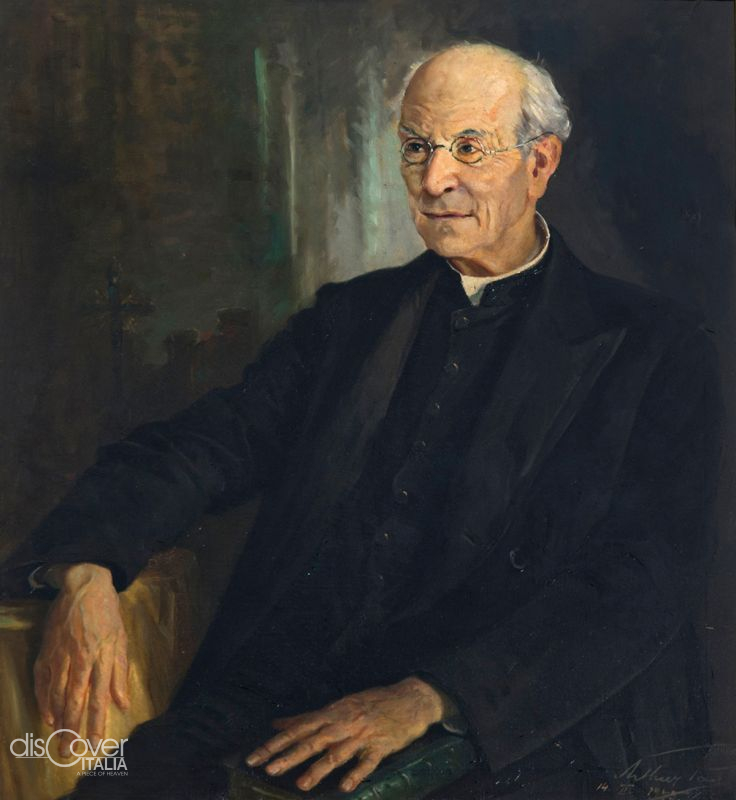
It was the index BCA 450 to identify the blue booklet, connecting it to the list of manuscripts. A vast sea the one the young scholarship holder Lucia Annicelli stepped into, in summer 2007, just arrived in the municipal library. She happened to get her hands on the book looking for Buonocore’s work, founding it oddly without title and with only the name of the author on the back: Lucrezio Caro. It was a copy of Alessandro Marchetti’s translation of “De rerum natura” by Lucrezio written in “volgar Florentine”. Then, with a pencil, Buonocore added the phrase “follows the statute of the Masonry” with two question marks at the end.
“The indications on Lucrezio’s work intrigued me already - tells Lucia Annicelli - but observing the book I immediately noticed that the last pages were sticking out compared to the others. In fact, it was an addition to “De rerum”, detached from the original binding. On the front page were displayed various symbols unknown to me, with a limewritten list where the word “grandmaster” caught my attention. Remembering Buonocore’s note, I realized that the written was about Masonry. I kept leafing through, noticing that the front page displaying the title was tied on reverse: Why? The title was talking about the statement of a jailed “acquavitaro”(seller of acquavite, water wine) regarding one of the loggias of the “free mason of Naples”, but there was no date. At that point, it was clear that there was a code in the “De rerum” hidden until now. A secret code to decipher”.

What did the first reading of this totally unexpected text show?
“In those 25 pages, that I managed to read smoothly, more and more intrigued, I’ve found the Statute with the initiation rite and the catechism “in the way of Naples”. After I’ve found the “Restricted”, which was the chronical of the formation of the mason’s congregation in Naples. Following was written the request to Benedict XIV from Raimondo of Sangro prince of Sansevero, in Latin, and the private answer from the Pope communicated from the apostolic palace Nunzio in Naples. It was an extraordinary document, narratively speaking it became very important to me. I still remember how I felt after putting it down the first time: this is something to study in deep and protect”.
After a first look and discovering the double identity of it, how did it go on?
“I started making researches on Marchetti’s translation, subject of such censorship to be published only in 1717, which is also the year that marked the evolution from the operational Massoneria to the speculative one. In Naples, Marchetti was considered the inspirer of atheists, brought to a shocking trial, linked to the transition from Academism to Free-Masonry. At the beginning I wanted to work on both texts but eventually I decided to focus on the code only.”
So many rebuses to solve, which one first?
“In the text I’ve found a way to identify the “acquavitaro” in the founder of the first “speculative” lodge in Naples, Louis Larnage, a merchant from Lione. And from the narrated events I’ve identified dates of both texts, it was 1751. Then I’ve started working on the reconstruction of the historical context, through the studying of various sources present in the archives in Naples, but also in our very library. The code offers many hints for researches. It took a lot of time to track those and read up on the Masonry”.
What is the contribution of the code found in Ischia to the knowledge of that historical phase?
“It’s a precious document able to reconstruct the beginning of speculative Masonry in Naples with the lodge of Larnage, in which even foreign soldiers and bourgeois joined, related to an already existing lodge “Perfect Union” of English origins and formed by cultured aristocrats, in which Raimondo of Sangro was grandmaster. The upside-down symbols in the picture “Quadro di Loggia” (painting of the lodge), the only one that has come down to us, summarize that very changing. The paper contained uncomfortable facts that had to be hidden. It’s strongly symbolic that was “De rerum” to protect it, to which the Neapolitan masonry’s translation refers, so symbolic that a verse was even inscribed in the seal of the "Perfect Union".

Did you managed to understand how the code arrived in Ischia?
“Ischia was frequented by characters relevant in the Masonry, both Italians and foreigners traveling for the Grand Tour. Many of them were guests of the court medic Francesco Buonocore, Ischitan, in whose library were found two copies of the “De rerum”. Some important documents and family books arrived in the hands of monsignor Onofrio Buonocore from a Neapolitan aunt and it is possible that the manuscript of the “De rerum” and its hidden adjunct were among them. The same manuscript that I’m still studying”.


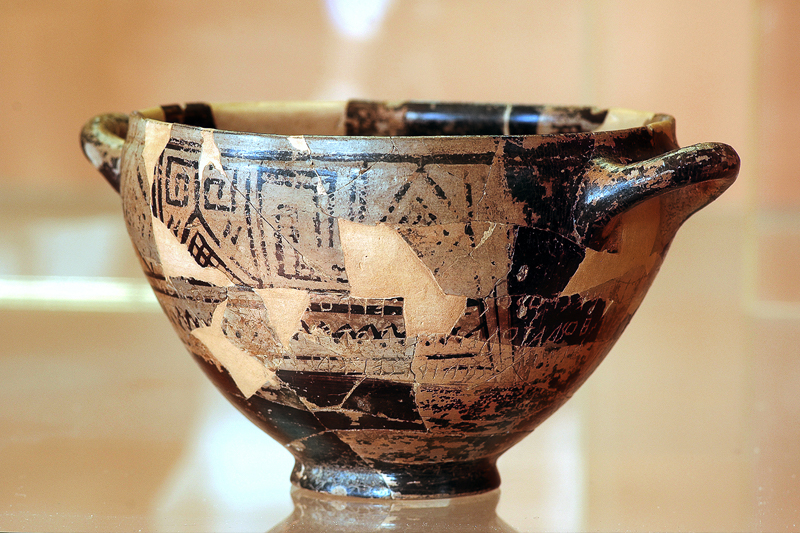
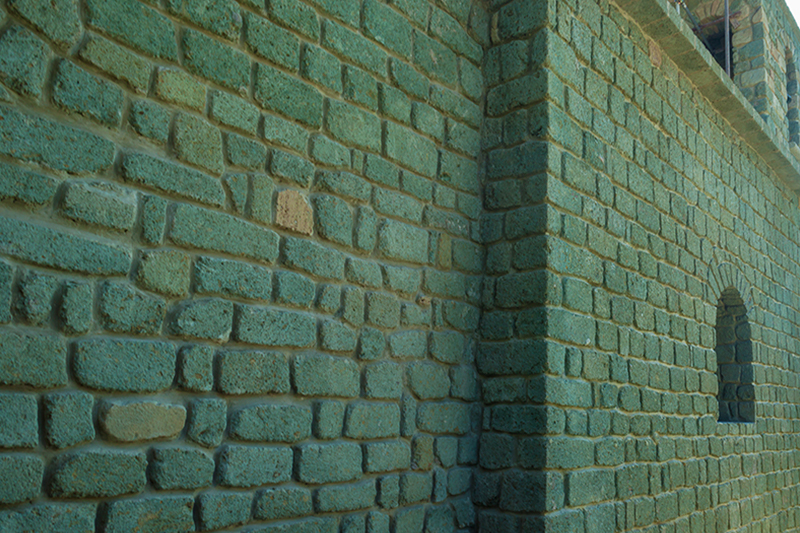


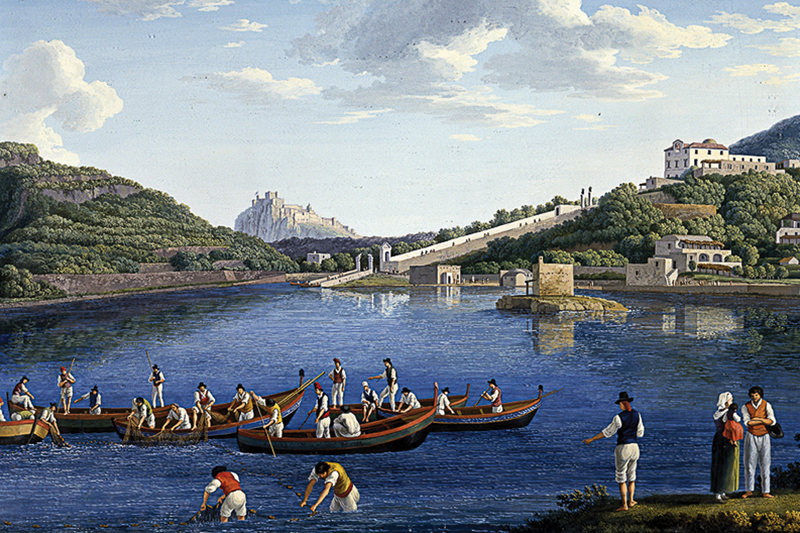
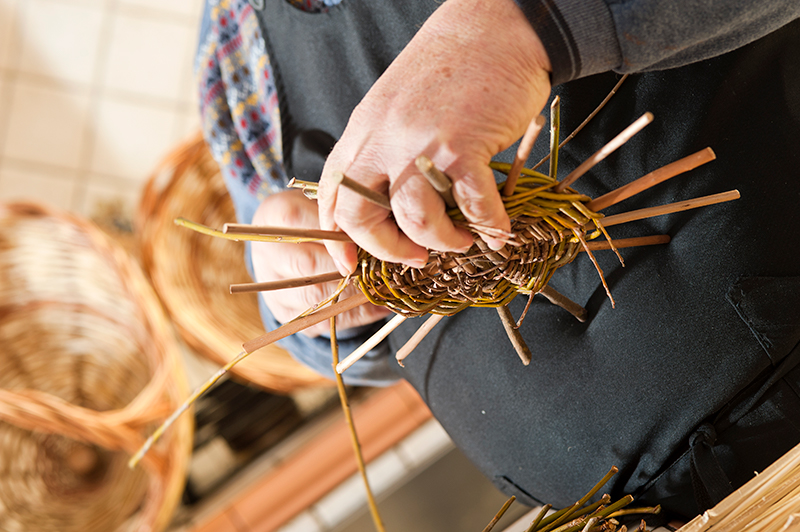


Comments powered by CComment